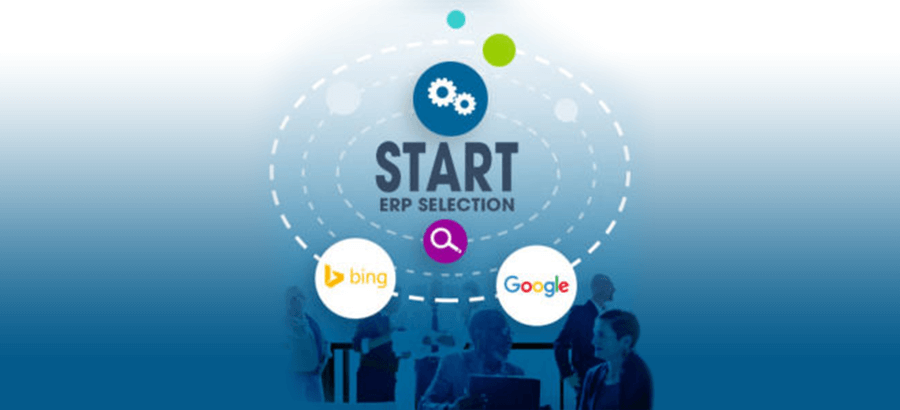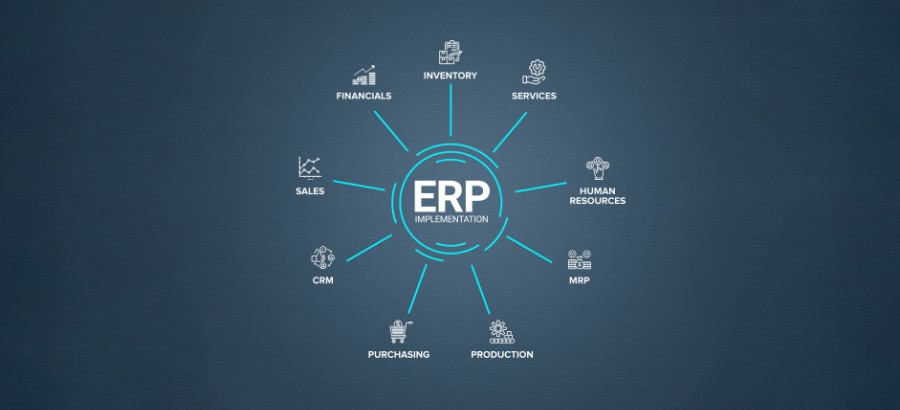For whatever reason, your organization has decided it needs a new ERP system. Your job is to find the best. But where do you start?
Bing or Google will get you started. A quick search will immediately narrow your options to not less than 5000+ best ERP systems for you, all of which claim to do everything you want. This is good news because you now only need to write a list of requirements, send it to any of the 5000, and choose the least expensive.
It’s simple – you start with a Requirements Specification. Management Consultants will help you create one, or you can get help from any of several hundred automatic downloadable requirements generators on the Internet.
The approach should work, but it doesn’t.
Organizations have known about the pitfalls of ERP implementations for decades – yet implementations are still going badly wrong.
Statistics vary, but the averages are still alarming:
- 25% or so of all attempted ERP implementations are abandoned or fail.
- Of the remaining 75% … 60 to 70% have challenges in at least one of three ways:
- They are over budget and/or
- They are late and/or
- They are implemented with reduced functionality.
- 30 to 40% are considered successful (only 22.5% to 30% of the overall total)*.
These statistics refer to a period that coincides with the rapid improvement of ERP software. It has become functionally richer, better integrated, easier to configure or customize, and is easier to use.
This makes no sense.
If a company’s requirements are better defined and understood than previously, and they are matched to better and more adaptable software, why is the end result the same?
Maybe the answer is to take a step back and start somewhere different.
Resistance to change
A common theme in many failed or challenged implementations is user resistance to change. This is all a bit odd to me. If true, it means that every year a collection of key employees in thousands of companies around the world suddenly decide to deliberately resist the wishes of their employer and sabotage their new ERP system. The solution is to employ an army of Change Management consultants, or so I’m told.
Is user resistance a cause or just a symptom of a deeper problem?
The argument that I put forward is that ERP failure is not a people problem, or a lack of requirements definition, nor is it caused by bad attitude on the part of the ERP supplier.
The problem, in my view, is that companies fail to ask or answer the question: “what kind of company are we?”
Unless this is properly understood it is easy to choose an ERP package that is a poor fit to the culture of the organization. Fit-to-culture and fit-to-requirements are completely different and could be the reason for resistance.
Harmonized or Dynamic
Broadly speaking, there are two types of companies, Harmonized and Dynamic. They cannot be defined by size (turnover, number of employees, local or international), but careful study of how they operate and/or behave internally will identify their type. Culturally, these types of companies are radically different.
A Harmonized Company is a company that presents itself as a single entity. No matter how diverse or widespread are its businesses, it will look to standardize its processes across all business units and geographies. Most importantly, customers will trade seamlessly with any part of the company.
A Common Business Model should be created at the beginning of a harmonized implementation. This model is rolled out into the different operating companies, business units, and geographies. Localization is usually restricted to fiscal compliance and language.
The ERP solution for a harmonized company has to deliver against this cultural background.
A Dynamic Company is the cultural opposite. Each business unit, even within the same geography, is often an autonomous unit with its own unit-specific processes and measures. Customers engage with, and buy from, the local business unit. Standardization across the organization is rarely a high priority.
The ERP solution for a Dynamic Enterprise has to deliver against this cultural background. A one-size-fits-all approach will not work because multiple business models, configurations, and customization are needed. Rather than complicating matters by building multiple business models within a single instance, it is often easier and more acceptable to recognize the differences and build separate databases to support each model.
Two types of ERP solution have just been described and it is highly unlikely that a single ERP system will be able to handle both situations. The ERP selection process should therefore start with a clear answer to “what kind of company are we?” followed by requirements that are consistent with the answer at all times.







